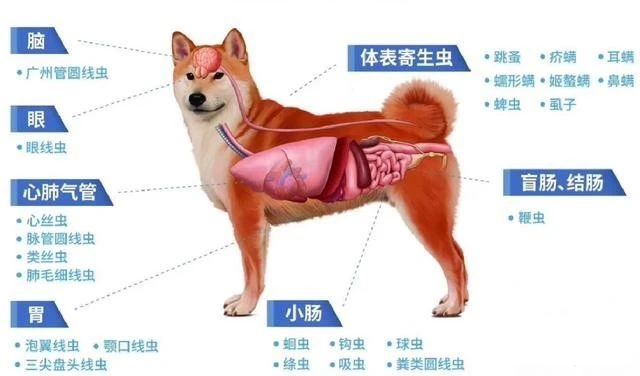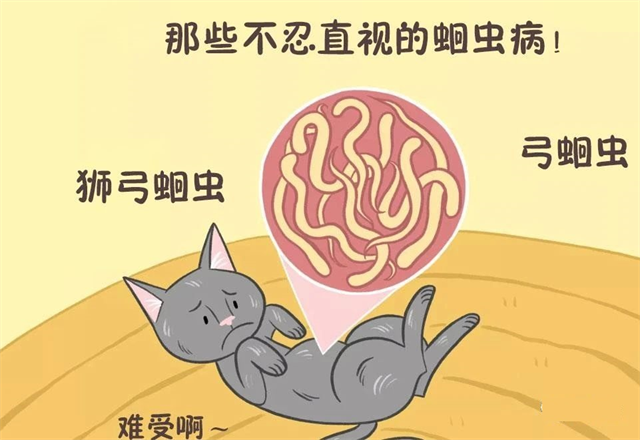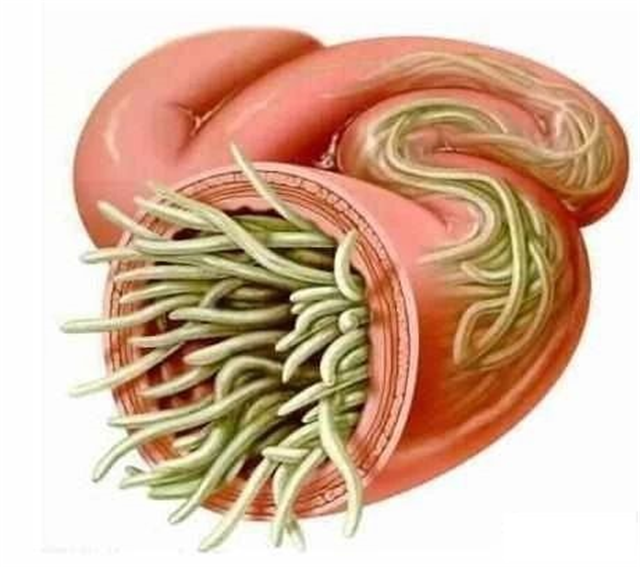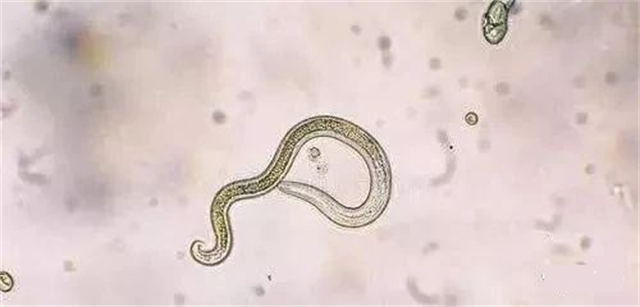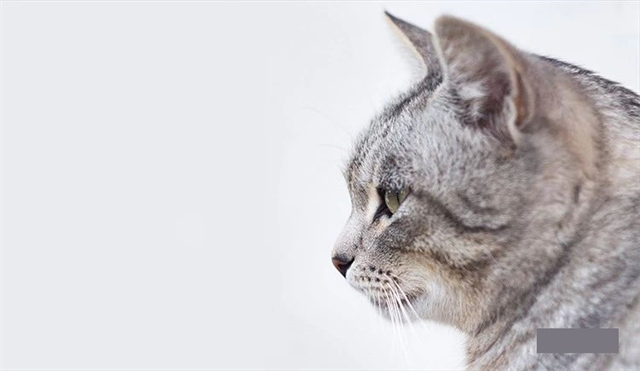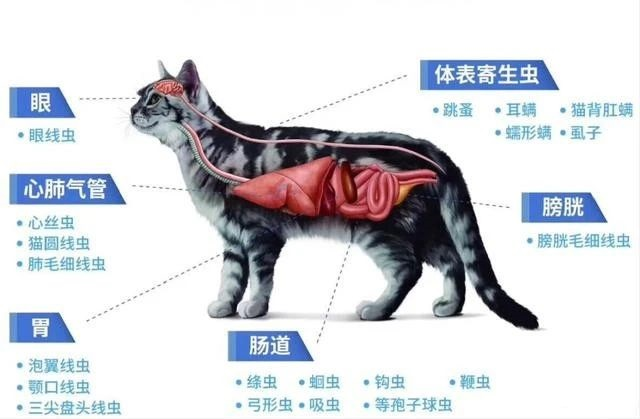What kind of insect are they?
Dogs and cats can be the “hosts” of many organisms. They live in dogs and cats, usually in the intestines, and obtain nutrition from dogs and cats. These organisms are called endoparasites. Most of the parasites in cats and dogs are worms and single celled organisms. The most common are Ascaris, hookworm, whipworm, tapeworm and heartworm. Toxoplasma gondii infection and so on.
Today we focus on the common ascariasis of dogs and cats
Ascaris lumbricoides
Ascaris lumbricoides is the most common intestinal parasite in dogs and cats. When the eggs develop into infectious eggs and appear in feces, they can be transmitted to other animals in a wide range of ways.
Symptoms and hazards:
Ascaris lumbricoides is a parasitic disease of human, livestock and animals. After cats and dogs are infected with Ascaris lumbricoides,
It will gradually lose weight, increase abdominal circumference, slow growth, vomiting, heterophilia,
A large number of infections cause intestinal obstruction, intussusception and even intestinal perforation;
Ascaris lumbricoides larvae pass through the lung, have respiratory symptoms, cough, dyspnea in severe cases, and show pneumonia;
If Ascaris larvae enter the eyes, they can cause permanent, or partial blindness.
Ascaris lumbricoides very affects the growth and development of cats and dogs, and can cause death when seriously infected.
Canine and feline ascariasis consists of Toxocara canis, Toxocara felis and Toxocara lion,
The most common intestinal parasites caused by parasitic on the small intestine of dogs and cats,
It is most harmful to puppies and kittens.
Ascaris lumbricoides is widely distributed all over the world, and the infection rate of dogs less than 6 months is the highest.
Cats and dogs are infected through insect eggs contained in food or host containing larvae, or through placenta and lactation. Larvae migrate in dogs and finally reach the small intestine to develop into adults.
The infected cats and dogs are emaciated, impaired absorption, slow growth and development, rough and matte coat, and a large amount of mucus in diarrhea.
When there are too many insects, they will vomit and have insects in the stool.
In severe infection, there may be insect impaction in the small intestine, abdominal swelling, pain, and blood loss.
Early larval migration can cause tissue damage such as liver, kidney, lung and brain, form granuloma and pneumonia, accompanied by dyspnea.
The therapeutic drugs should be used to repel insects regularly. The insecticides must be taken orally and absorbed through the intestine.
Its components include albendazole. Fenbendazole, , etc
Once a month is recommended.
It should be noted that
Parasites develop gradually from larvae,
The initial reaction of dogs and cats was not obvious,
The symptoms appear slowly,
So we should remember to give it every month
Use the universal drive and choose according to your weight.
Avoid missing the best use time.
Post time: Dec-22-2021

